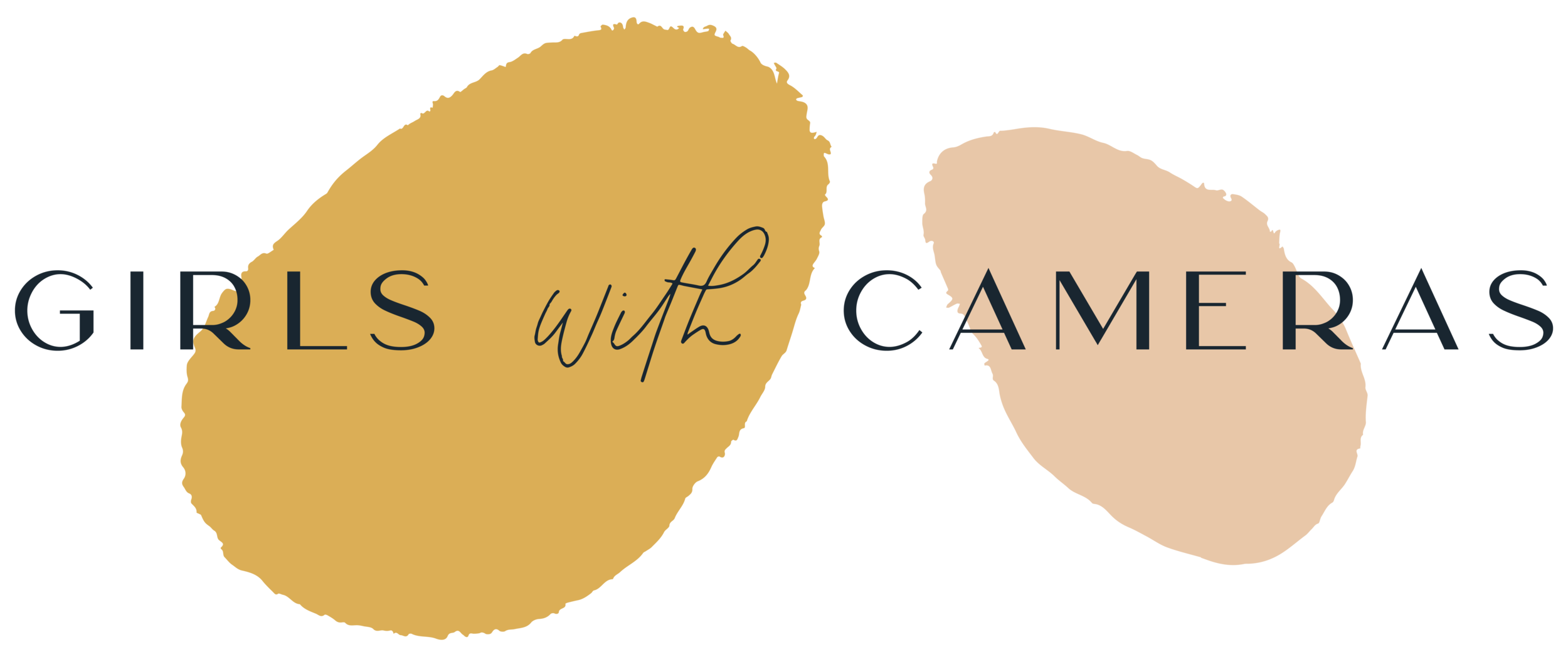Other People's Camera Settings — and why you can't trust them
Many many photographers like to refer to the camera settings when posting their images online. Like a small recipe to success.
These settings are, at their best, only mild guidelines. Every now and again you will use the same settings you’ve seen somewhere and successfully create a similar image look.
If you’re trying to learn to use the manual settings of your camera in this way, then you will almost certainly not know which button or wheel to fiddle with in order to adapt the settings to get the same look. This can be incredibly frustrating.
LIGHT:
You can quite honestly not tell how light or dark it “really” was at the time the image was taken. Light changes from one second to the other. (The only thing you can really tell from looking at the image is whether it was sunny or not).
Imagine this scenario:
You see an image which is really low key. You can create this look in broad daylight or when it’s almost as dark as you imagine it is in the image. The settings which you need to create this kind of image will differ dramatically depending on the light at the time of exposure.
CAMERA:
The camera actually plays the smallest role in the image, however some cameras have excellent ISO quality, even at high settings and some start playing up at ISO 400. You need to learn what your camera is good at and where its weaknesses lie. ISO is the easiest way to add more light to the image without having to change the depth of field, but if your camera’s ISO isn’t up to it then you’ll need to compensate the initial intended look by choosing a longer shutter speed which will lead to more depth of field.
LENS:
There are so many different kinds of lenses. Wide aperture lenses will let far more light into the camera than a humble kit zoom. Most photographers don’t remark on which lens they were using.
EDITING:
Most of the images which you really like and for which are aiming for a similar look have been edited. Out of personal experience I know that I very often increase or decrease the exposure in the editing process until I get a certain look. I may also only manipulate how the light and shadows look in the images without changing the exposure setting.
CAPTURING MOVEMENT:
Images where movement is drawn out are also tricky, because you don’t know how fast the subject was moving. Were the cars whose taillights were drawn out to the horizon in a 30 mph zone or zooming along the motorway (highway / Innerstate) and if so how fast?
You can see that things aren’t quite as easy as they look and I would highly recommend studying how to use the manual settings on your camera so that you can intuitively use them without having to refer the “recipes” of other photographers, because even if they do sometimes help you create similar effects you still don’t really know what you’re doing.
Planning your images is the essence of your creativity. Seeing something you’d like to turn into a work of art and knowing exactly how to get your camera to create the look is
Try to learn the settings first AND THEN look at the settings of others as primary guidelines for your images.





